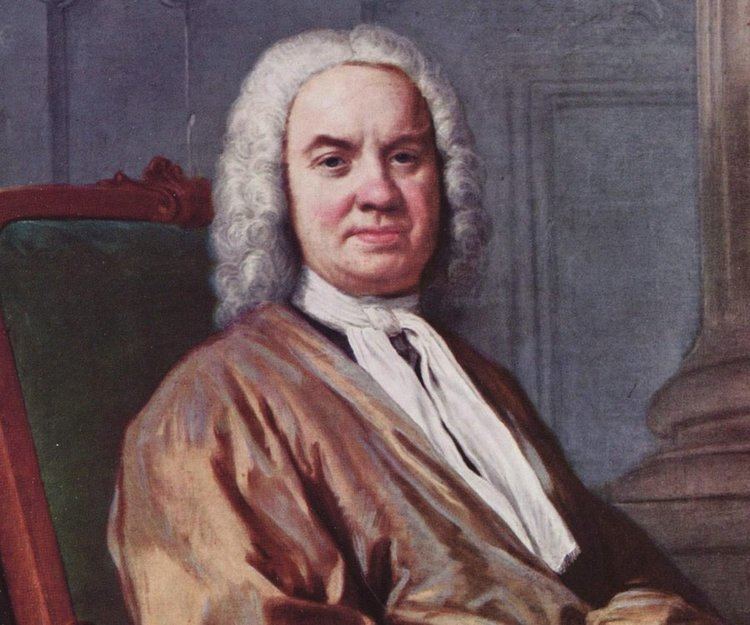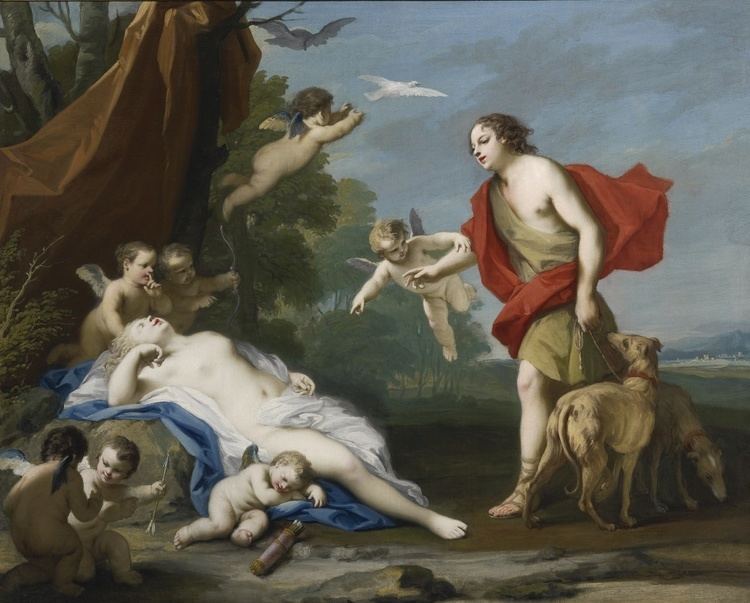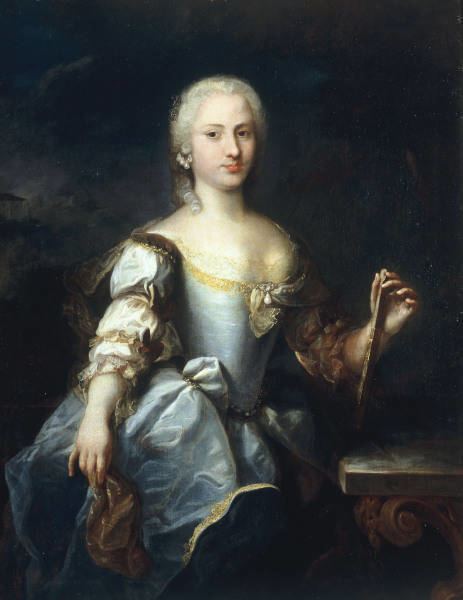Full Name Giacomo Amiconi Name Jacopo Amigoni Died 1752, Madrid, Spain Known for Painting | Nationality Italian Role Painter | |
 | ||
Artwork Portrait of a Musician People also search for | ||
Sebastiano ricci jacopo amigoni jean antoine watteau
Jacopo Amigoni (1682–1752), also named Giacomo Amiconi, was an Italian painter of the late-Baroque or Rococo period, who began his career in Venice, but traveled and was prolific throughout Europe, where his sumptuous portraits were much in demand.
Contents
- Sebastiano ricci jacopo amigoni jean antoine watteau
- Jacopo Amigoni 1675 1752
- Biography
- Partial anthology
- References

Якопо Амигони (Jacopo Amigoni), 1675-1752
Biography
He was born in Naples or Venice. Amigoni initially painted both mythological and religious scenes; but as the panoply of his patrons expanded northward, he began producing many parlour works depicting gods in sensuous languor or games. His style influenced Giuseppe Nogari. Among his pupils were Charles Joseph Flipart, Michelangelo Morlaiter, Pietro Antonio Novelli, Joseph Wagner, and Antonio Zucchi.

Starting in 1717, he is documented as working in Bavaria in the Castle of Nymphenburg (1719); in the castle of Schleissheim (1725–1729); and in the Benedictine abbey of Ottobeuren. He returned to Venice in 1726. His Arraignment of Paris hangs in the Villa Pisani at Stra. From 1730 to 1739 he worked in England, in Pown House, Moor Park Wolterton Hall and in the Theatre of Covent Garden. From there, he helped convince Canaletto to travel to England by telling him of the ample patronage available.

From his travel to Paris in 1736, he met the celebrated castrato Farinelli. Later in Madrid, he was to paint a self-portrait with the singer and entourage. He also encountered the painting of Francois Lemoyne and Boucher.

In 1739 he returned to Italy, perhaps to Naples and surely to Montecassino, in whose Abbey existed two canvases (destroyed during World War II). Until 1747, he travelled to Venice to paint for Sigismund Streit, for the Casa Savoia and other buildings of the city. In 1747 he left Italy and established himself in Madrid. There he became court painter to Ferdinand VI of Spain and director of the Royal Academy of Saint Fernando. He died in Madrid.
Partial anthology

